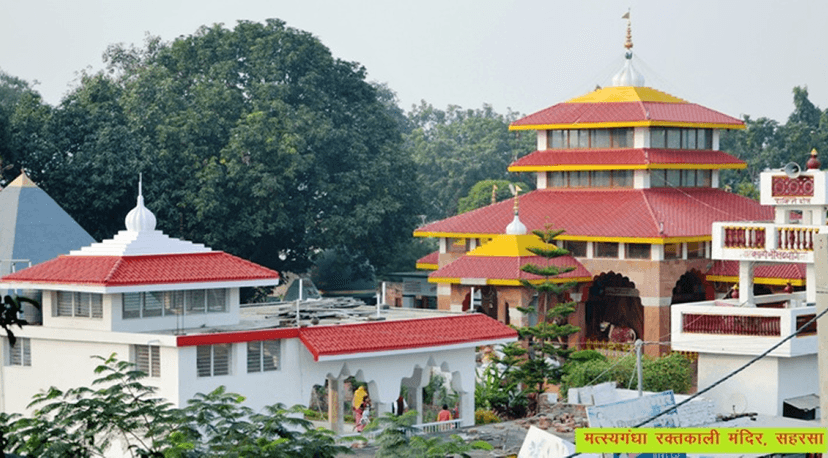 title1
title1 title1
title1
Saharsa, a city located in the northeastern part of Bihar, India, has a rich historical and cultural heritage that dates back several centuries. Situated on the fertile plains of the Kosi River, Saharsa has historically been an important center for agriculture, trade, and administration. The city lies within the Kosi division and serves as the administrative headquarters of Saharsa district. Over time, it has evolved from a small settlement into a bustling city known for its agricultural produce, educational institutions, and growing commercial significance. Historically, the region of Saharsa was part of the ancient Mithila kingdom, which holds a prominent place in Indian history and culture. Mithila, also called the Kingdom of Videha, was known for its scholarly and spiritual contributions, and Saharsa was a part of this rich cultural landscape. During the medieval period, the area came under the rule of several local dynasties and later the Mughal Empire, which brought administrative reforms and contributed to the development of local infrastructure. Saharsa’s location near the Kosi River has played a significant role in its history. The river, often referred to as the "Sorrow of Bihar," has both nurtured and challenged the city through centuries of floods. These floods have influenced settlement patterns, agriculture, and trade. Despite the challenges, the fertile alluvial soil deposited by the river has made Saharsa one of the prominent regions for maize, rice, and other crops, sustaining the livelihoods of thousands of residents. During British colonial rule, Saharsa was part of the larger Purnia district and witnessed gradual modernization. The colonial administration established offices, schools, and basic transport infrastructure, which laid the foundation for future urban development. Post-independence, Saharsa became a separate district in 1954, emphasizing its administrative importance and providing a structured framework for local governance and development initiatives. Culturally, Saharsa has preserved the traditions and festivals of Mithila. The city celebrates major festivals like Chhath, Diwali, Holi, and Eid with great enthusiasm. The region is also known for its Maithili language, art, and folklore, which reflect the deep-rooted cultural identity of its people. The educational and cultural institutions in Saharsa have contributed to nurturing talent and maintaining the literary and artistic heritage of Mithila. In recent decades, Saharsa has witnessed significant development in infrastructure, healthcare, and education. The city has become a hub for trade in agricultural products and small-scale industries. The expansion of road networks and railways has enhanced connectivity with nearby districts and states, contributing to economic growth. Despite modern challenges, Saharsa continues to maintain its historical identity and cultural legacy while gradually transforming into a modern urban center. In conclusion, Saharsa City embodies a unique blend of historical significance, cultural richness, and economic potential. Its roots in the ancient Mithila kingdom, coupled with centuries of adaptation and development, have shaped the city into a vibrant community. Saharsa stands as a testament to the resilience and industrious spirit of its people, bridging its historical past with a promising future.
